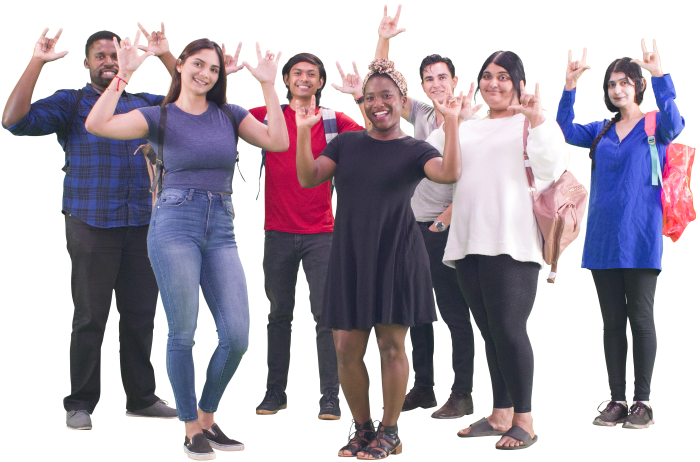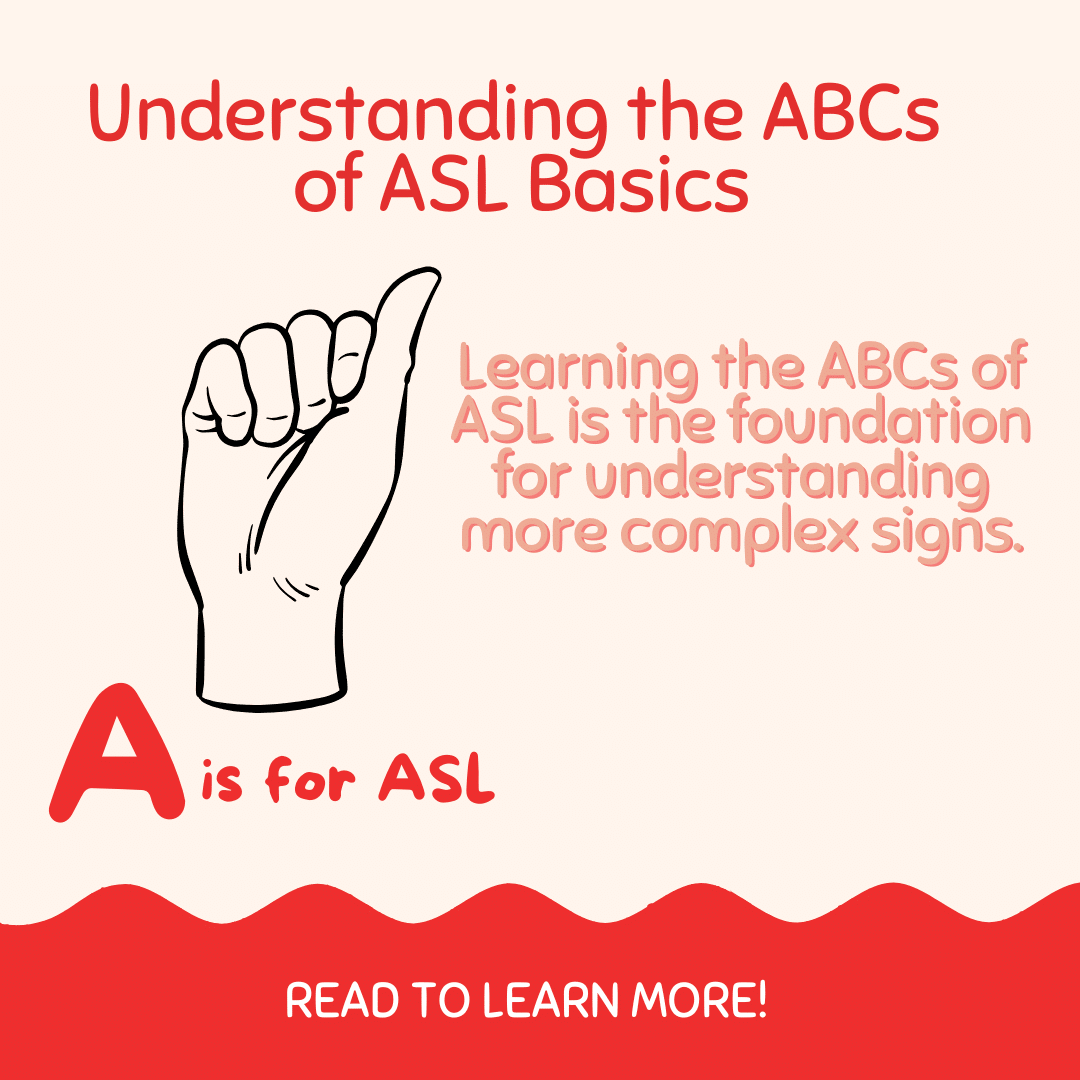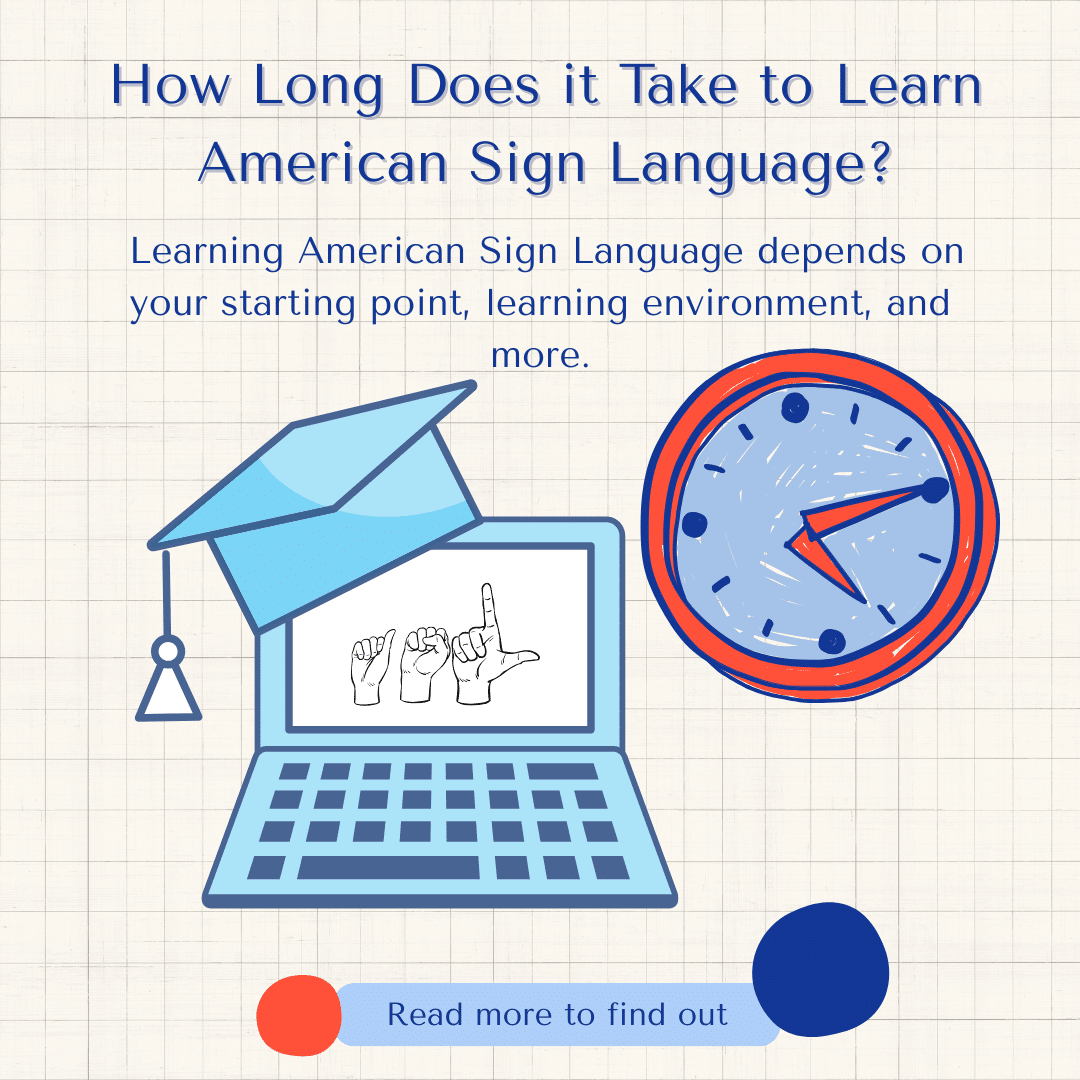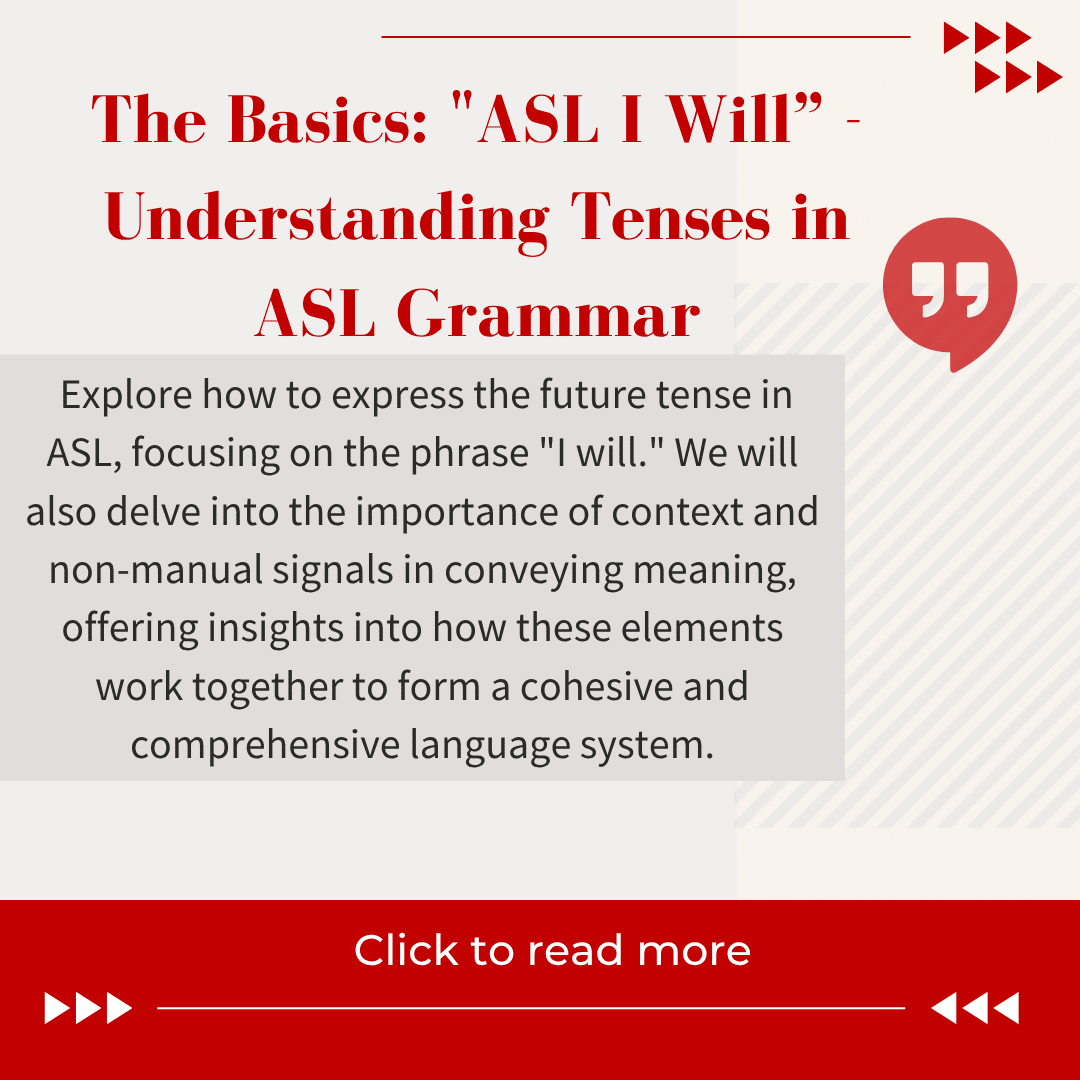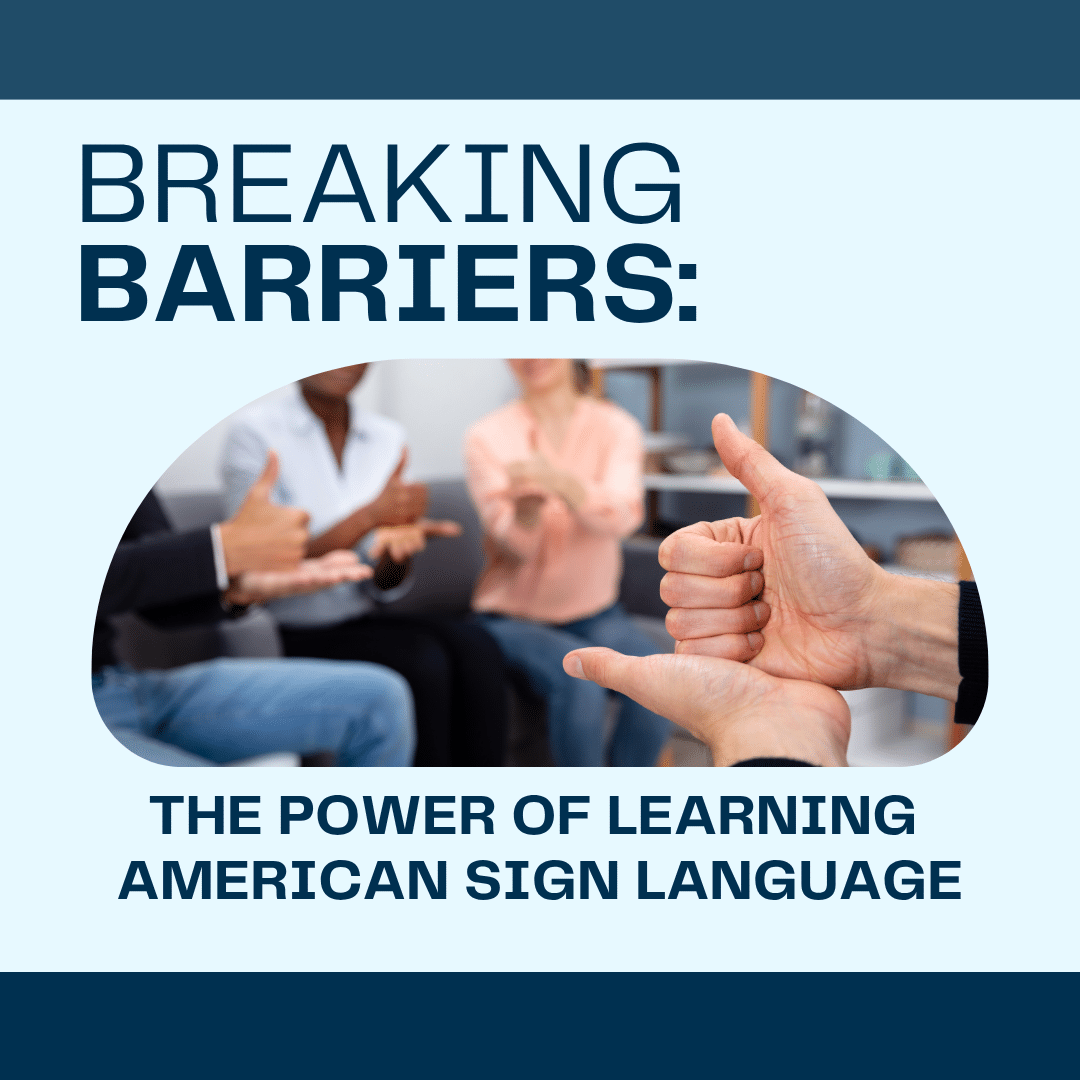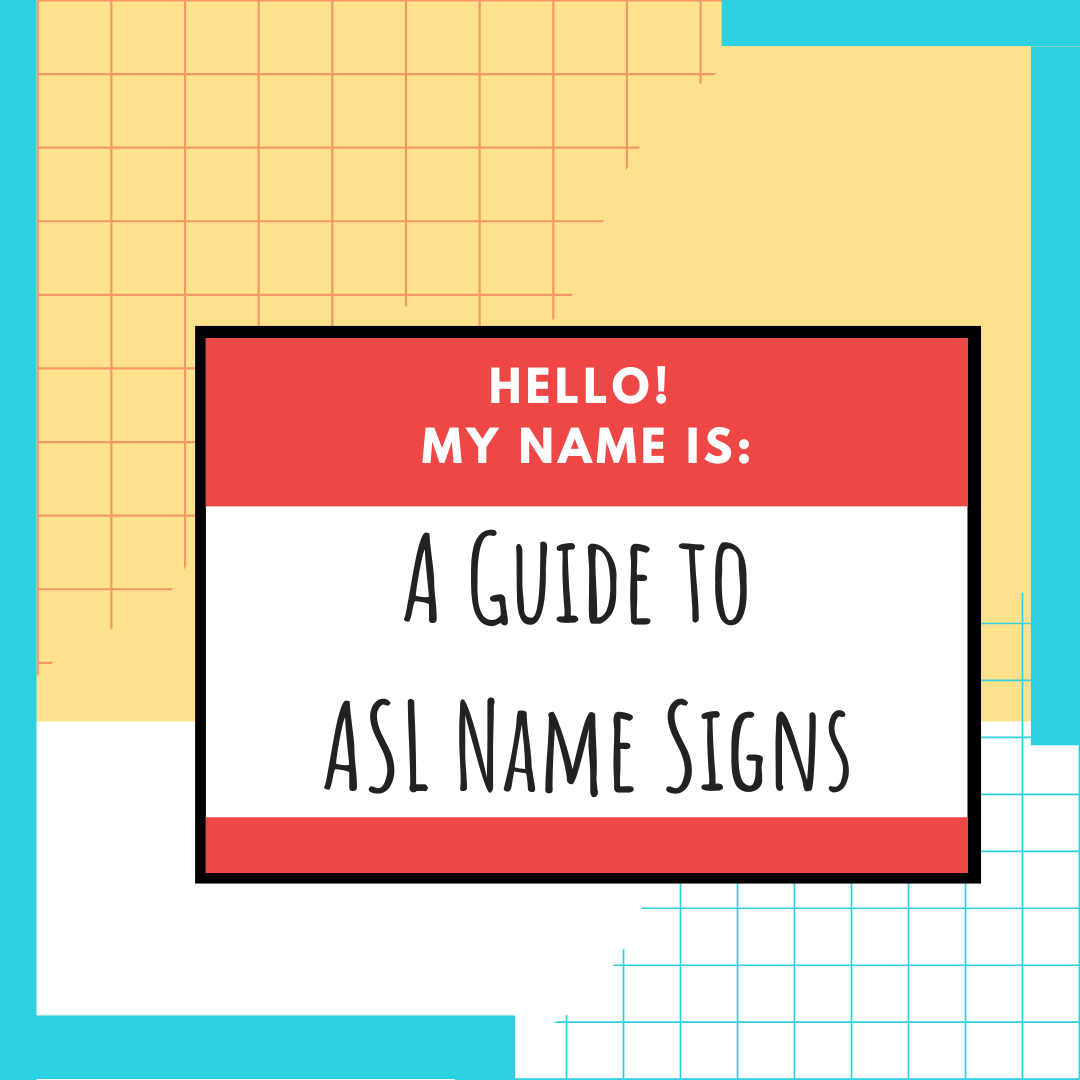
Sign Language Lessons: ASL 2 – Unit 1 Sample
In this unit sample of the online sign language lessons, you will be learning more sentence types.
Conversation 2.1
Read this outline, and then watch the conversation in action in the video below. Try to recognize what is being said. Watch the video again until you can follow the conversation without the outline.
A: (get-attention) TOMORROW ME GO PICK-up NEW BOOK ME BUY YOU DO-YOU-MIND ME BORROW YOUR TRUCK?
“Tomorrow I’m going to pick up some new books I just bought. Do you mind if I borrow your truck?”
B: TIME WHAT?
“What time?”
A: TIME 10 “give-or-take”
“Around 10:00.”
B: TOMORROW MORNING CONFLICT MECHANIC COME FIX MY TRUCK. (TOMORROW AFTERNOON?)y/n)
“Tomorrow morning won’t work. The mechanic is coming to fix my truck. What about tomorrow afternoon?”
A: FINE. (YOU TIME-2 TOMORROW FINE YOU?)y/n)
“That’s fine. Would 2:00 work for you?”
B: SURE-SURE FINE
“Sure. That would be fine.”
A: OK.
“Okay.”
Conversation 2.1 Explained
A: (get-attention) TOMORROW ME GO PICK-up NEW BOOK ME BUY YOU DO-YOU-MIND ME BORROW YOUR TRUCK?
“Tomorrow I’m going to pick up some new books I just bought. Do you mind if I borrow your truck?”
The two most common ways to get someone’s attention in the Deaf community are (1) Wave your hand in the person’s train of vision or (2) Tap the person on the shoulder. In this conversation, Signer A waves her hand in Signer B’s train of vision to get her attention.
Signer A signs the DO-YOU-MIND sign in this conversation very quickly. This sign is normally signed closer to your nose. She could have also signed DO-YOU-MIND without signing YOU first since YOU is implied in the DO-YOU-MIND sign.
B: TOMORROW MORNING CONFLICT MECHANIC COME FIX MY TRUCK. (TOMORROW AFTERNOON?)y/n)
“Tomorrow morning won’t work. The mechanic is coming to fix my truck. What about tomorrow afternoon?”
In this section, Signer B uses the CONFLICT sign along with negative facial expressions to show that she has a conflict at that time.
Also note that when signing TOMORROW AFTERNOON, Signer B uses the yes/no question facial expression to ask this sentence as a question to Signer A.
Sentence Types
There are a few different sentence types in ASL. We will be discussing Topicalized Statements, Topicalized “Wh” Questions, Rhetorical Questions, and Conditional Sentences. These sentence types are not the same as word order you learned about in ASL 1. Word order shows the order in which you can sign your words. Sentence types show how to use word order along with non-manual markers to form certain types of sentences.
Topicalized Statements (t)
Topicalization
When you use the “object” part of the sentence as the topic of the sentence (OSV word order), this is called topicalization. The facial expression used for the “object” part of the sentence differs from the rest of the sentence. This creates a “passive voice” instead of the “active voice” that is used with SVO structure.
Topicalized Statements (t)
Non-Manual Markers:
- Raise your eyebrows for the “topic” part of the sentence
- Then make a neutral, affirmative, or negative declarative statement for the “comment” part of the sentence
Topicalized Statement Examples
Watch examples of topicalized statements in the sentences below:
Examples:
- (MY FATHER)t), (THAT MAN)aff)
(“That man is my dad”) - (FATHER)t), (MOTHER LOVE)aff)
(“Mother loves father”) - (THAT KEY)t), ME (FINALLY)”pah”) FIND
(“I finally found that key”) - (THAT DRAWING)t), (ME DRAW)aff)
(“I drew that drawing”)
Take Our Free ASL 1 Course
This unit is just a sample of our complete course where you can learn American Sign Language quickly and easily. Enroll in our Free ASL 1 Course today!
Start Learning ASL Today!
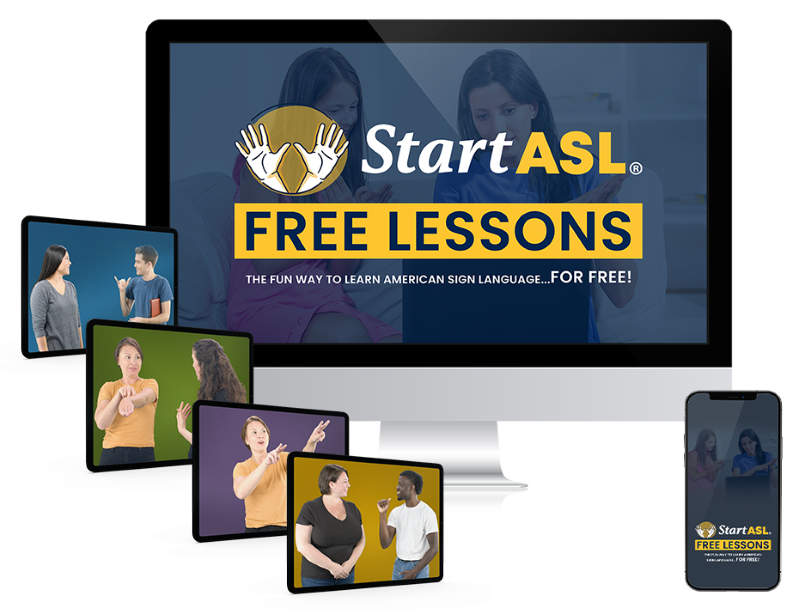 Ready to start learning real American Sign Language and not just basic signs? Do you want to be a part of the vibrant Deaf community? Check out our Free ASL 1 Course or our Complete 4-Level ASL Course options and start learning ASL today!
Ready to start learning real American Sign Language and not just basic signs? Do you want to be a part of the vibrant Deaf community? Check out our Free ASL 1 Course or our Complete 4-Level ASL Course options and start learning ASL today!
